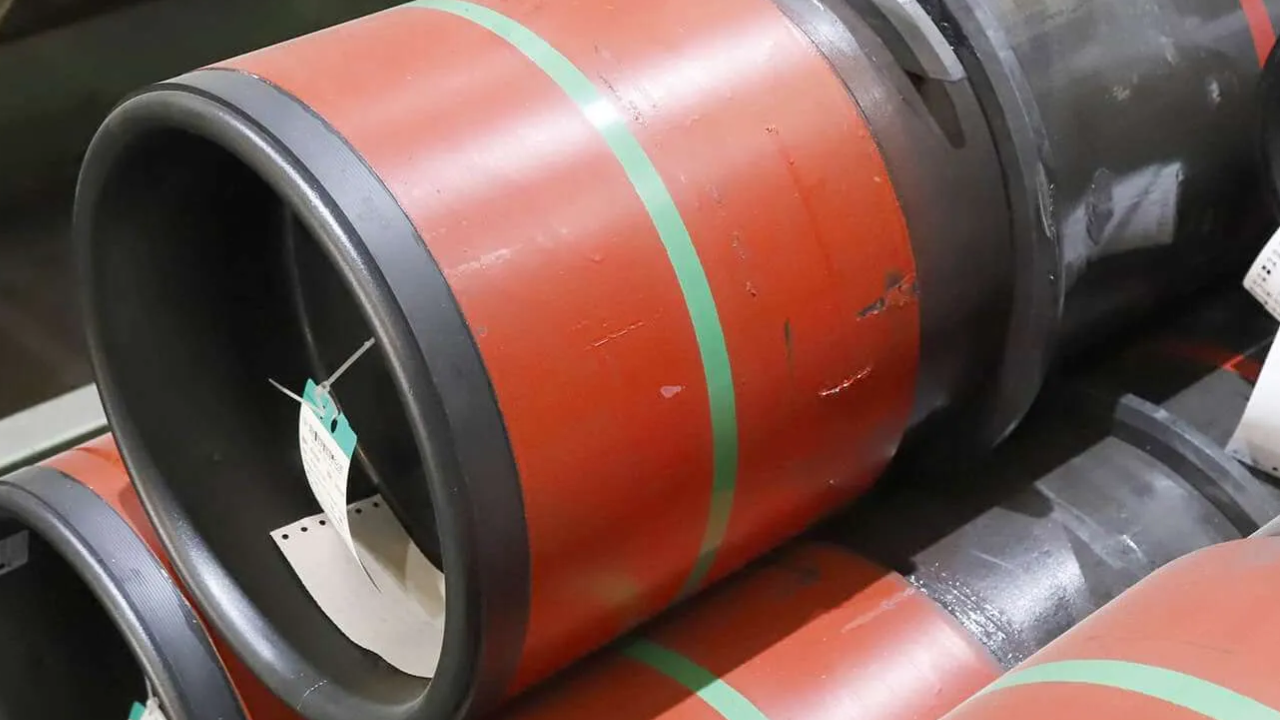Tube boilers, broadly utilized in mechanical settings for applications extending from the control era to warming frameworks, are fundamental for productive vitality generation. Their plan is significant to their execution, impacting how well they change over fuel into vitality and oversee warm exchange.
A well-designed tube boiler guarantees ideal vitality effectiveness, viable warm administration, and steady operation under changing conditions. Components such as the sort of tube course of action, fabric quality, and combustion productivity all contribute to the boilers in general viability. This article investigates the vital angles of the tube kettle plan, giving experiences into how these highlights affect both operational productivity and execution in different mechanical applications.
Key Plan Highlights of Tube Boilers
Tube boilers are fundamental to numerous mechanical forms due to their specialized plan highlights that affect proficiency and execution. Most plan contemplations incorporate the sort of boiler water-tube or fire-tube each with interesting preferences and confinements. Key components such as warm exchange proficiency, weight dealing with, fuel combustion, support prerequisites, and security highlights all play a part in deciding how well a tube evaporator performs. Understanding these plan viewpoints makes a difference in optimizing the boiler's operational proficiency and unwavering quality for different mechanical applications.
Sorts of Tube Boilers
Tube boilers come in completely different arrangements, basically classified into water-tube and fire-tube boilers. Water-tube boilers have tubes filled with water through which hot gasses pass. Then again, in fire-tube boilers, hot gasses stream through tubes encompassed by water. Each plan unexpectedly influences productivity and execution. Water-tube boilers are known for their capacity to handle high-pressure steam and give quicker steam generation, whereas fire-tube boilers are for the most part less difficult and suited for lower weight applications.
Warm Exchange Productivity
One of the foremost basic angles of the tube evaporator plan is warm exchange effectiveness. In water-tube boilers, the plan guarantees that water is in near contact with the hot gasses, improving warm exchange. The course of action of tubes, their estimate, and dividing can essentially affect how effectively warm is exchanged from the gasses to the water. Proficient warm exchange minimizes fuel utilization and diminishes working costs. In differentiation, fire-tube boilers depend on the surface region of the tubes to exchange warm, which can be less proficient compared to water-tube plans, particularly in high-demand scenarios.
Weight and Temperature Dealing With
The plan of a tube kettle affects its capacity to handle shifting weight and temperature conditions. Water-tube boilers are ordinarily outlined to function at higher weights and temperatures due to their vigorous development and tube course of action. This makes them appropriate for high-demand mechanical applications where productivity and unwavering quality are pivotal. On the other hand, fire-tube boilers are for the most part utilized in applications with lower weight prerequisites. Their plan limits the most extreme weight and temperature they can handle, which can affect their productivity in high-pressure applications.
Fuel and Combustion Proficiency
Tube boilers are planned to suit distinctive sorts of fuel, including normal gas, oil, and coal. The plan of the combustion chamber and burner frameworks plays a critical part in fuel effectiveness. In water-tube boilers, the plan permits for more total combustion of fuel due to way better blending of discuss and fuel, which leads to higher warm effectiveness. Fire-tube boilers may require extra components to attain comparative levels of fuel productivity, as their plan can lead to less proficient combustion forms on the off chance that not legitimately overseen.
Upkeep and Life span
The plan of a tube evaporator moreover influences its upkeep needs and general life span. Water-tube boilers, with their complex course of action of tubes and components, can be more challenging to preserve. In any case, their plan permits for simpler review and cleaning of person tubes, which can expand the boiler's operational life on the off chance that legitimately kept up. Fire-tube boilers, being easier to plan, regularly require less visit support but may encounter issues like scaling and erosion more rapidly due to the coordinated contact of hot gasses with the water.
Security and Unwavering Quality
Security could be a basic thought in the kettle plan, and tube boilers are outlined with different security highlights to avoid mishaps and guarantee dependable operation. Water-tube boilers are planned to handle tall weights securely, with numerous security instruments such as weight alleviation valves and programmed shutdown frameworks. The plan guarantees that if one tube comes up short, it does not lead to disastrous disappointment. Fire-tube boilers, although by and large more secure in lower-pressure applications, require cautious consideration to guarantee that the fire-tube surface remains in great condition to anticipate overheating and potential disappointments.
Conclusion
In conclusion, the plan of a tube kettle essentially impacts its effectiveness and execution. The choice between water-tube and fire-tube plans influences warm exchange effectiveness, weight and temperature handling, fuel combustion, and upkeep needs. Each plan has its focal points and impediments, making it fundamental to choose the suitable sort based on the particular application necessities. Understanding these plan components makes a difference in optimizing kettle execution, guaranteeing security, and accomplishing cost-effective operations. As innovation progresses, developments in tube evaporator plans proceed to upgrade their effectiveness and unwavering quality, making them a basic component in cutting-edge mechanical forms.


